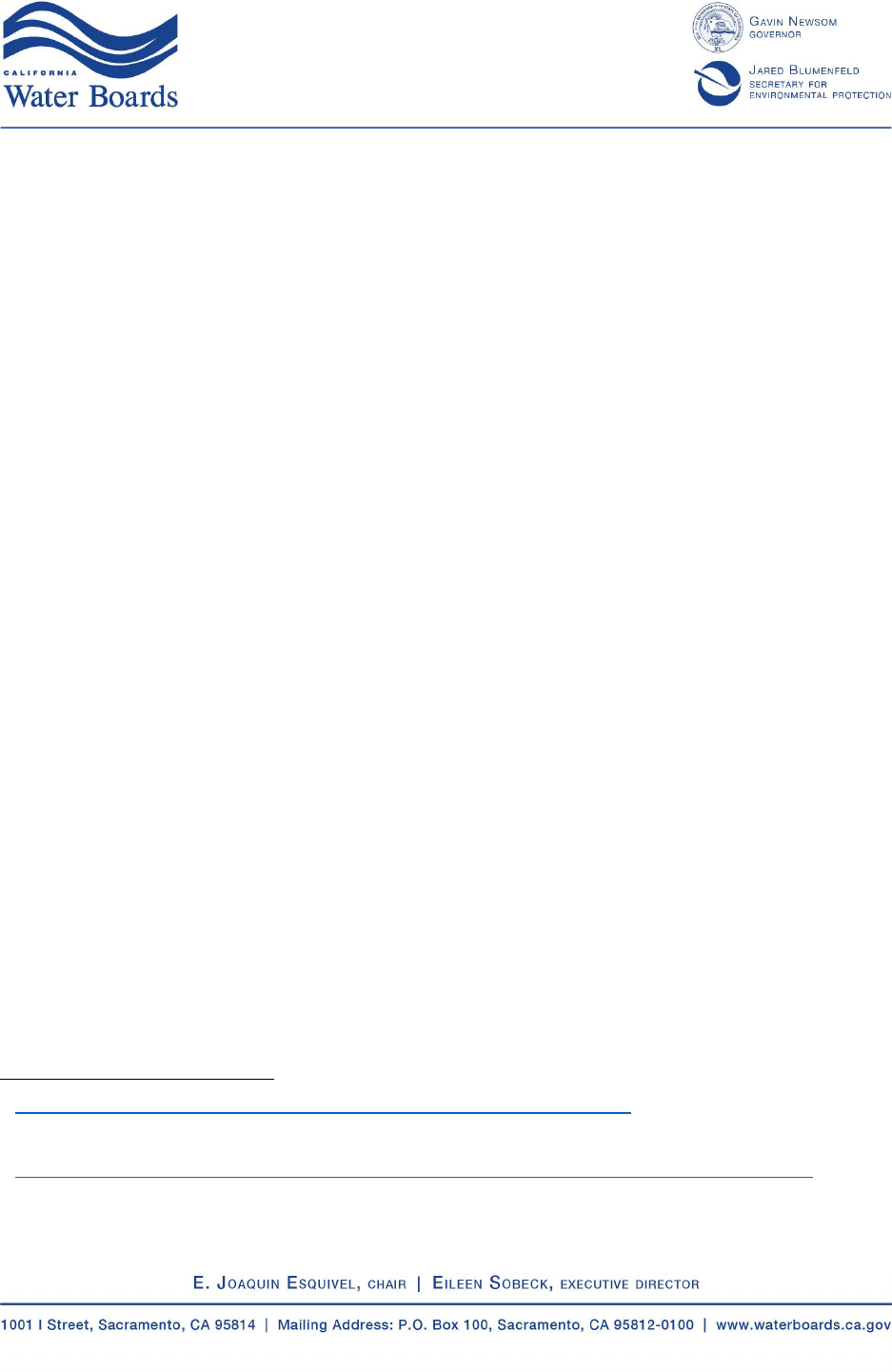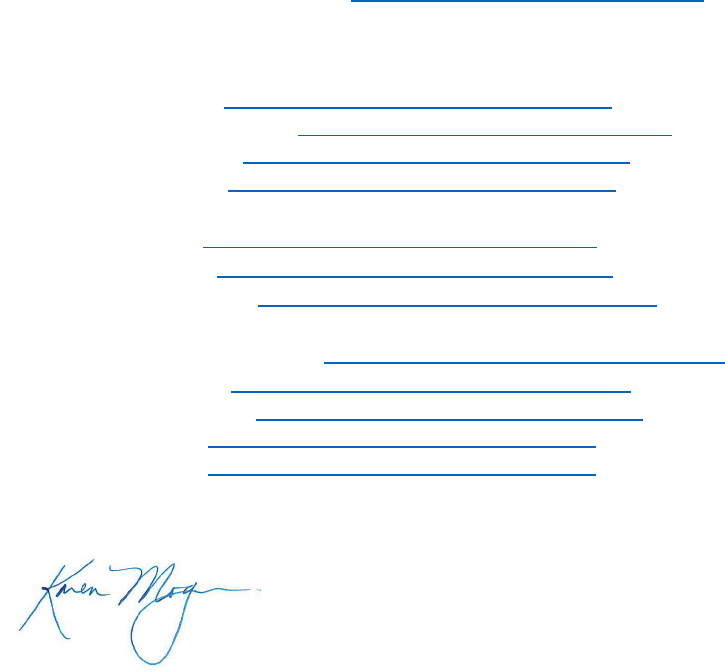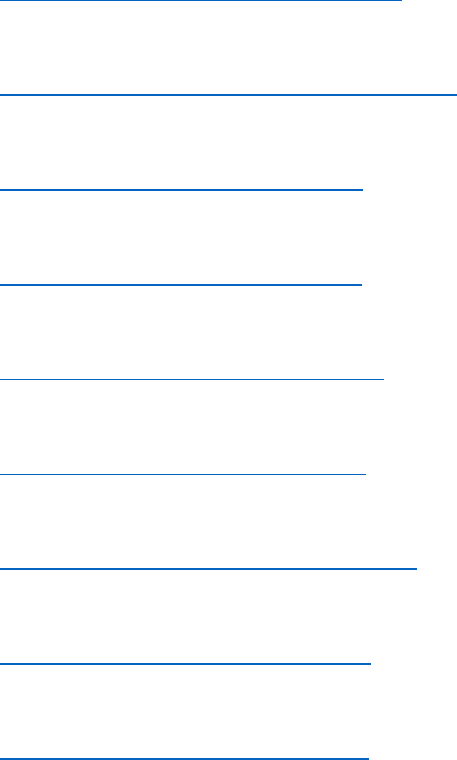
State Water Resources Control Board
October 20, 2020
TO: INDUSTRIAL STORMWATER DISCHARGERS IN AREAS IDENTIFIED IN AN
EMERGENCY PROCLAMATION THAT ARE IMPACTED BY WILDFIRES
The State Water Resources Control Board (State Water Board) recognizes the public
health and environmental impacts within counties identified in Governor-declared state
of emergency proclamations
1
due to wildfires. This letter provides the following
guidance for regulatory compliance with the Statewide Industrial Stormwater General
Permit
2
(Permit) for industrial facilities damaged and/or negatively impacted by wildfires
within counties identified in a state of emergency proclamation. Negative wildfire
impacts on industrial facilities may include higher levels of pollutant in the facility’s
stormwater discharges that are unrelated to the facility’s industrial activities.
1. Sampling and Analysis Requirements
A. Samples Not Representative of Facility Activities
Per Permit Section XI.B, industrial facility owners (Dischargers) are required to
collect, analyze, and report industrial stormwater runoff sampling results even if
those results are potentially not representative of their facility’s industrial activities
and operations. Dischargers may claim their industrial stormwater runoff
sampling is not representative of their facility operations by:
· Identifying and reporting the stormwater samples impacted by wildfire
conditions (including post-wildfire conditions),
· Collecting and reporting photographic documentation, and
· Reporting the basis for why the industrial activity area runoff samples are not
representative of the facility activities and operations.
The following are example factors that may be applicable to a Discharger’s basis
for runoff samples not representing the facility activities and operations:
1
Current Office of Governor State of Emergency Proclamation
https://www.gov.ca.gov/category/proclamations
2
General Permit for Stormwater Discharges Associated with Industrial Activities;
https://www.waterboards.ca.gov/water_issues/programs/stormwater/igp_20140057dw
q.html
Industrial Stormwater Dischargers - 2 - October 20, 2020
· Discharge location(s) conditions,
· Photographs of facility, discharge locations, and surrounding lands impacted
by wildfires,
· Facility operation status and condition,
· Areas of high erosion and areas with high collection of ash deposits
· Information on any facility observations prior to a rain event,
· Best management practices currently implemented to manage runoff of
industrial pollutants and to manage wildfire-related impacts at the facility,
· Best management practices planned for implementation to manage runoff of
industrial pollutants and to restore wildfire-related impacts at the facility, and
· Comparisons of historical facility sampling results from drainage areas to the
sampling results collected post-wildfires.
Reported documentation must comply with the required sample event visual
observations in Permit Section XI.A.2. Additionally, per Permit Section XI.B.11.a.,
Dischargers must submit the analyzed sampling results in the Stormwater
Multiple Application and Report Tracking System (SMARTS) as an Ad Hoc
monitoring report within 30 days of obtaining results from the analytical
laboratory. Dischargers must include information in the Ad Hoc monitoring report
for all reported sampling results that are not representative of industry activities
and operations due to wildfire damage and impacts, as provided by the above
guidance.
B. Sampling Not Completed Due to Unsafe Conditions
Dischargers are required to conduct sample collection and visual observations
during scheduled facility operating hours, when weather or other conditions do
not pose a safety hazard for site access and sampling (Section XI.C.6). The
State Water Board emphasizes safety as high priority; therefore, Dischargers are
not required to conduct permit-required monitoring in wildfire-impacted areas:
· With unsafe conditions,
· Closed by a government agency, or
· With high potential for mudslides during or after a precipitation event.
Dischargers are required to include an explanation in the facility’s Stormwater
Pollution Prevention Plan and Annual Report for all not completed sample
collection and visual observations, including wildfire-specific information related
to missed sampling events and visual observations.
C. Non-qualifying Storm Events
Dischargers that perform an analysis of collected sample results and determine
the discharge is not representative of the industrial activities and materials at the
facility may submit the results and analysis in SMARTS as a non-qualifying storm

Industrial Stormwater Dischargers - 3 - October 20, 2020
event. Non-qualifying storm event results will not be included in the Numeric
Action Level exceedance calculation.
D. Number of Qualifying Storm Events
The State Water Board recognizes that it may not be feasible for all Dischargers
to obtain four qualifying storm events in a reporting year due to qualifying storm
events not occurring with that year. Therefore, a Discharger that attempts but is
unable to obtain and analyze stormwater samples from two qualifying storm
events in each half of a reporting year per discharge location due to a lack of
qualifying storm events is not in violation of Permit Section XI.B.2.
The corresponding Regional Water Quality Control Board Executive Officer has
the authority to require the Discharger to revise and resubmit Ad Hoc monitoring
reports determined to be inaccurate (Permit Section XIX.).
2. Temporary Suspension of Industrial Activities
Per Permit Section X.H.3, Dischargers planning to temporarily suspend industrial
activities for ten (10) or more consecutive calendar days may request to temporarily
suspend visual observations, sampling, and analysis if:
· Conducting visual observations, sampling and analysis is infeasible while
industrial activities are suspended (e.g. unstaffed, remote, or inaccessible),
and/or,
· Best management practices are currently implemented to properly manage
stormwater runoff for industrial activity areas.
The Discharger shall upload a Change of Information in SMARTS at least seven (7)
days prior to the planned temporary suspension of industrial activities to:
· Revise the Stormwater Pollution Prevention Plan addressing the facility
stabilization best management practices,
· Justify why monitoring is infeasible at the facility during the period of temporary
suspension of industrial activities,
· Provide the date the facility is fully stabilized for temporary suspension of
industrial activities, and
· Provide the projected date that industrial activities will resume at the facility.
Regional Water Quality Control Board staff may review the submitted information
pertaining to the temporary suspension of industrial activities, and may request
revisions or deny the Discharger’s Request to temporarily suspend monitoring.
For further information regarding Permit requirements, please visit our State Water
Board Industrial Stormwater webpage at
https://www.waterboards.ca.gov/industrialstormwater.

Industrial Stormwater Dischargers - 4 - October 20, 2020
If you have general questions regarding this letter, please contact the State Water
Board, Stormwater Help Desk at [email protected]. If you have
industrial facility-specific questions, please contact your local Regional Water Quality
Control Board staff at:
North Coast Region: [email protected] or (707) 576-2220
San Francisco Bay Region: [email protected] or (510) 622-2402
Central Coast Region: [email protected] or (805) 549-3147
Los Angeles Region: [email protected] or (213) 576-6600
Central Valley Region:
Lahontan Region:
· Victorville Office: r6b_[email protected] or (760) 241-6583
Colorado River Region: [email protected] or (760) 346-7491
Santa Ana Region: [email protected] or (951) 782-4130
San Diego Region: [email protected] or (619) 516-1990
Sincerely,
Karen Mogus, Deputy Director
Division of Water Quality
cc: (see next page)

Industrial Stormwater Dischargers - 5 - October 20, 2020
cc: (via email)
Matthias St. John, Executive Officer
North Coast regional Water Quality Control Board
Michael Montgomery, Executive Officer
San Francisco Bay Regional Water Quality Control Board
michael.m[email protected]
Matthew Keeling, Executive Officer
Central Coast Regional Water Quality Control Board
matt.keeling@waterboards.ca.gov
Renee Purdy, Executive Officer
Los Angeles Regional Water Quality Control Board
Patrick Pulupa, Executive Officer
Central Valley Regional Water Quality Control Board
Mike Plaziak, Assistant Executive Officer
Lahontan Regional Water Quality Control Board
Paula Rasmussen, Executive Officer
Colorado River Basin Regional Water Quality Control Board
Hope Smythe, Executive Officer
Santa Ana Regional Water Quality Control Board
David Gibson, Executive Officer
San Diego Regional Water Quality Control Board
